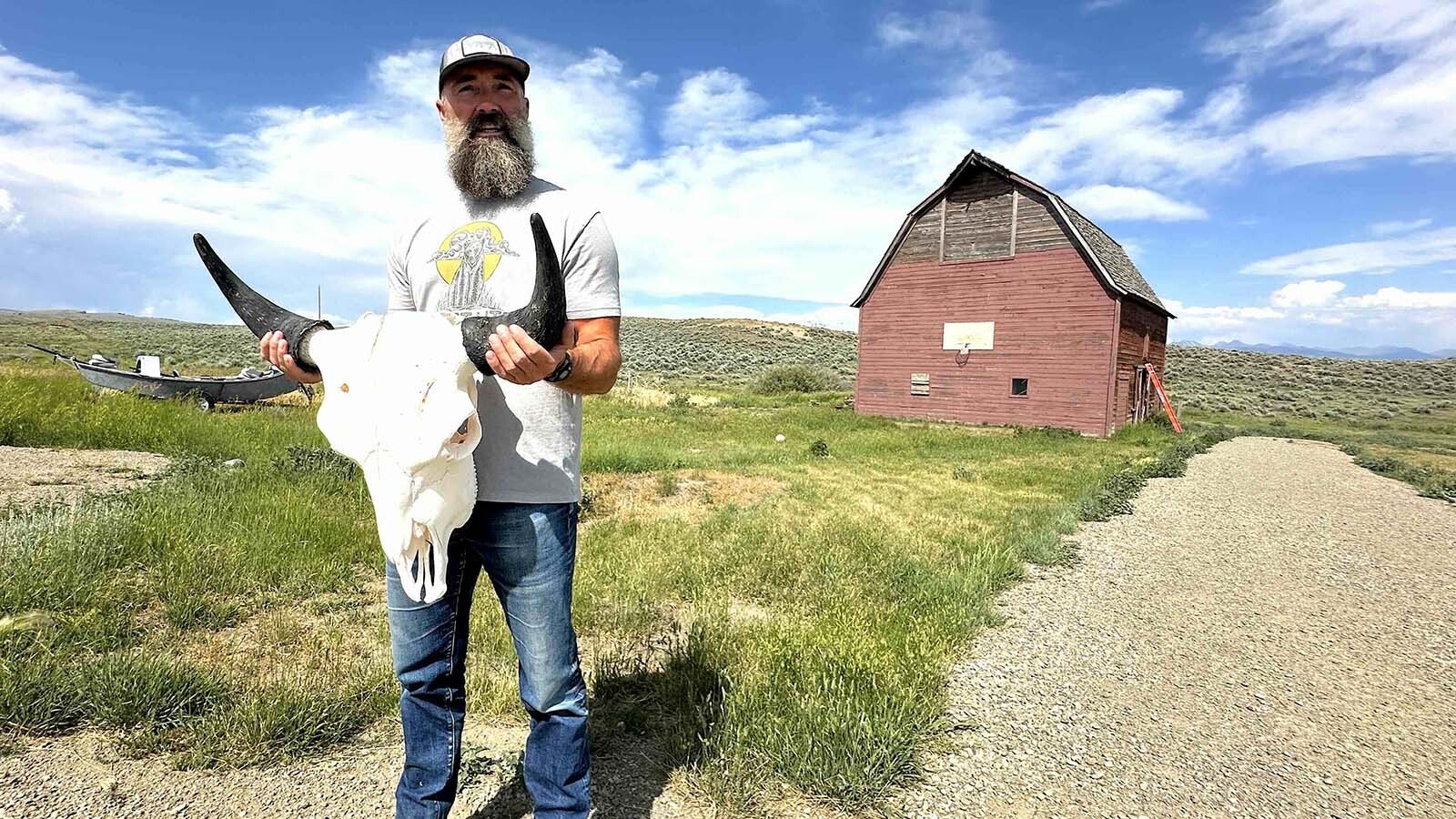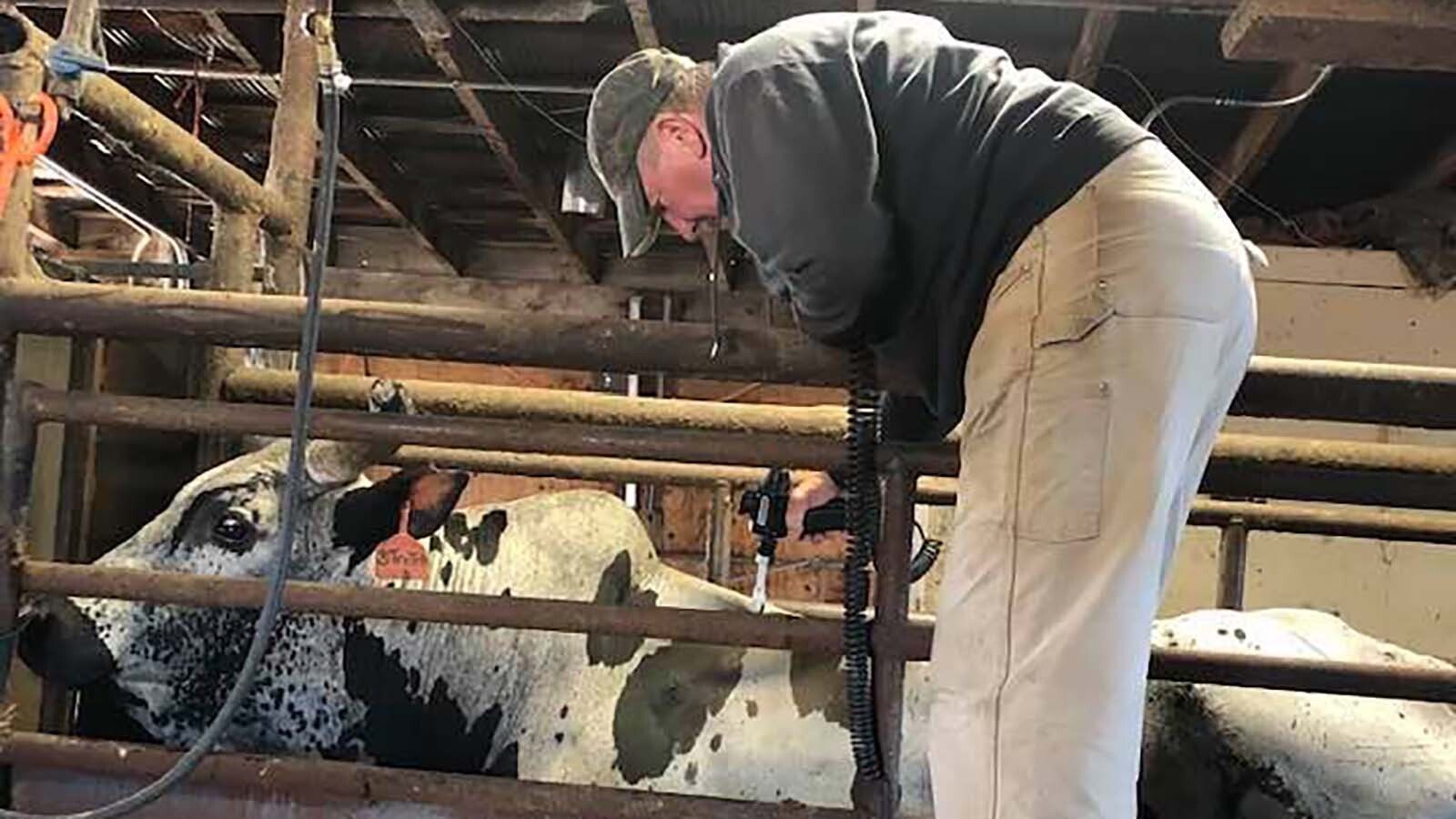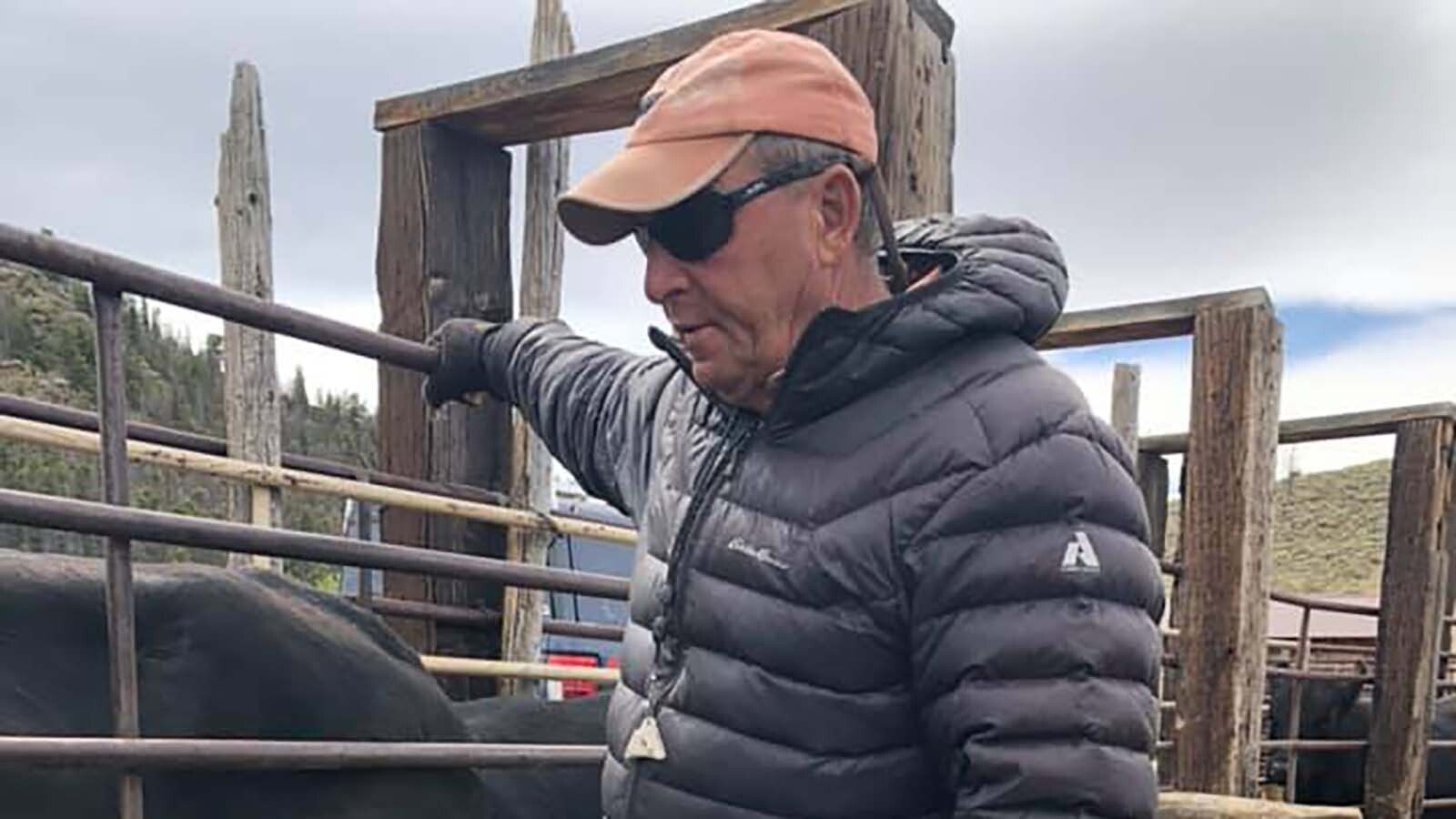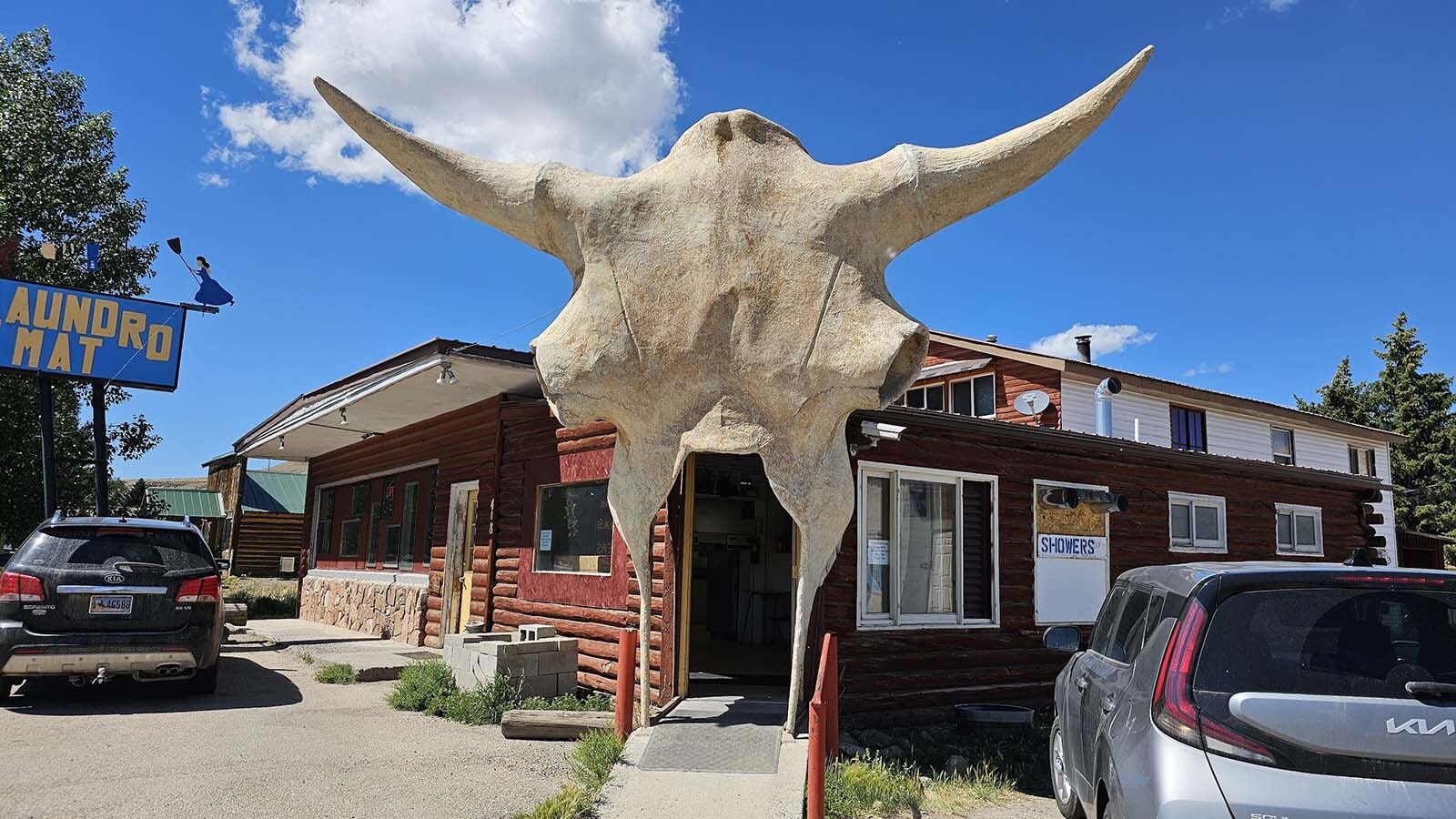A new report from the United Nations Food and Agriculture Organization (FAO) calls on citizens of affluent countries to reduce greenhouse gas emission by eating less meat.
The FAO climate scientists believe there is “huge potential for positive climate action” if they can influence consumers to change their meat eating habits.
The FAO began meeting this week in Dubai as part of its annual climate summit. Bloomberg reports the organization is expected to publish a global food systems road map during the conference that will target nations that “over-consume meat.”
Essentially, it’s a game of political poker in which the FAO is betting it will be easier to convince consumers in affluent nations to eat less meat than it will be to convince China to clean up its industrial emissions.
Reducing agriculture’s carbon footprint while increasing food production to keep up with a growing population is the key challenge with this strategy, according to the FAO.
Meanwhile, In Wyoming …
Ann Wittmann, executive director of the Wyoming Beef Council, said the FAO’s logic is flawed and leads consumers down a primrose path by making it seem like if they eat less meat, it will make a difference in reducing greenhouse gas emissions.
“When you compare eating beef to airline travel or transportation in general, our impact is so tiny,” she said about the industry’s contribution to the world’s greenhouse gas emissions. “We all want to make a difference, but that difference isn’t going to be made by giving up meat.”
Brett Moline, spokesman for the Wyoming Farm Bureau, agrees that the FAO’s data doesn’t correlate.
“They seem to want to go to a plant-based diet or develop meat in a lab using chemicals,” Moline said. “That seems like a bulb that doesn’t light up all the way to me.”
University of Wyoming State Beef Extension Specialist Dr. Steve Paisley said the number of cattle in the U.S. is the same today as it was in 1962. The U.S. population in 1962 was 184.8 million. Today, it’s 339.9 million. By reducing death loss, improving genetics, feed efficiency and slaughter weights, U.S. ranchers are meeting the demand for beef with much fewer cattle.
“The industry has reduced its carbon footprint, and today we are producing more beef with fewer cattle than ever before,” Paisley said.
The Statistics
Americans eat about 250 pounds of meat per person per year. According to FAO data for 2022, residents seven countries consume more than 220 pounds of meat per person per year. Those countries are Argentina, Australia, Hong Kong, Macao, New Zealand, Spain and the U.S.
On the other end of the spectrum, residents of eight countries, mostly in Africa, ate fewer than 10 kilograms of meat per capita in 2022.
According to the FAO, China produces 30% of the global carbon dioxide emissions from fossil fuel combustion and other industrial processes. The U.S. is responsible for 15% of carbon dioxide emissions while the European Union, India, Russia and Japan collectively produce 25%, and all others produce 30%.
Global greenhouse gas emissions by sector are as follows, according to the FAO: electricity and heat production, 25%; agriculture and forestry, 24%; industry, 21%; transportation, 14%; other energy production, 10%; and buildings produce 6%.
Advocates for the agriculture sector dispute the FAO’s data. U.S. Environmental Protection Agency data states that agriculture produces about 10% of U.S. greenhouse gas emissions.
Jim Magagna, executive vice president of the Wyoming Stockgrowers Association, recently told Cowboy State Daily that globally, beef cattle are responsible for 6% of greenhouse gas emissions.
Replacing Meat, Is it Possible?
Wittmann said the U.N. started targeting the beef industry 20 years ago with climate change solutions that were no more valid than those being proposed today.
“The U.N. did a report 20 years ago that said eating less red meat would help the planet, but it wasn’t comprehensive, their numbers were skewed and they had to rescind the recommendation,” she said.
In response, the U.S. beef industry studied the issue and concluded that removing all livestock and poultry from the U.S. food system would only reduce global greenhouse emissions by 0.36%, she said.
“We all want to contribute toward a healthier, more sustainable food supply for ourselves and future generations,” she said. “Perhaps our focus should be on changes that are science-based, practical and highly impactful, like reducing food waste, consuming balanced meals and improving global agricultural productivity.”

Nutritional Aspects
To follow the FAO recommendation, Wittmann provided a chart that shows what it takes to replace 25 grams of protein that comes from lean beef. It shows consumers would have to take in far more calories from other foods to equal the protein that comes from beef.
A 3-ounce cut of lean beef has 173 calories. The chart shows it would take three cups of quinoa at 666 calories to replace 3 ounces of lean beef. The chart also shows that it would take 6.5 tablespoons of peanut butter at 613 calories to replace 3 ounces of lean beef and 1 2/3 cups of black beans at 249 calories to replace 3 ounces of lean beef.
“Cattle provide more than twice the high-quality protein to the U.S. food supply than they consume,” Wittmann said. “And they utilize land that is not suitable for crop production and provide us with beef that is rich in zinc, iron, protein and B vitamins.”
In an email message to Cowboy State Daily, Julie Balsamo, a registered dietician and owner of Nutrition by Julie in Jackson Hole, said meat is part of a healthy diet, and the quality of the meat Americans consume is more important than the amount consumed.
“The modern American diet often leans towards highly processed and conventionally raised meats,” Balsamo said. “I would love to see a shift in focus toward supporting local regenerative farmers that prioritize sustainable and ethical practices and produce meat that is not only nutritionally dense, but also environmentally conscious."





